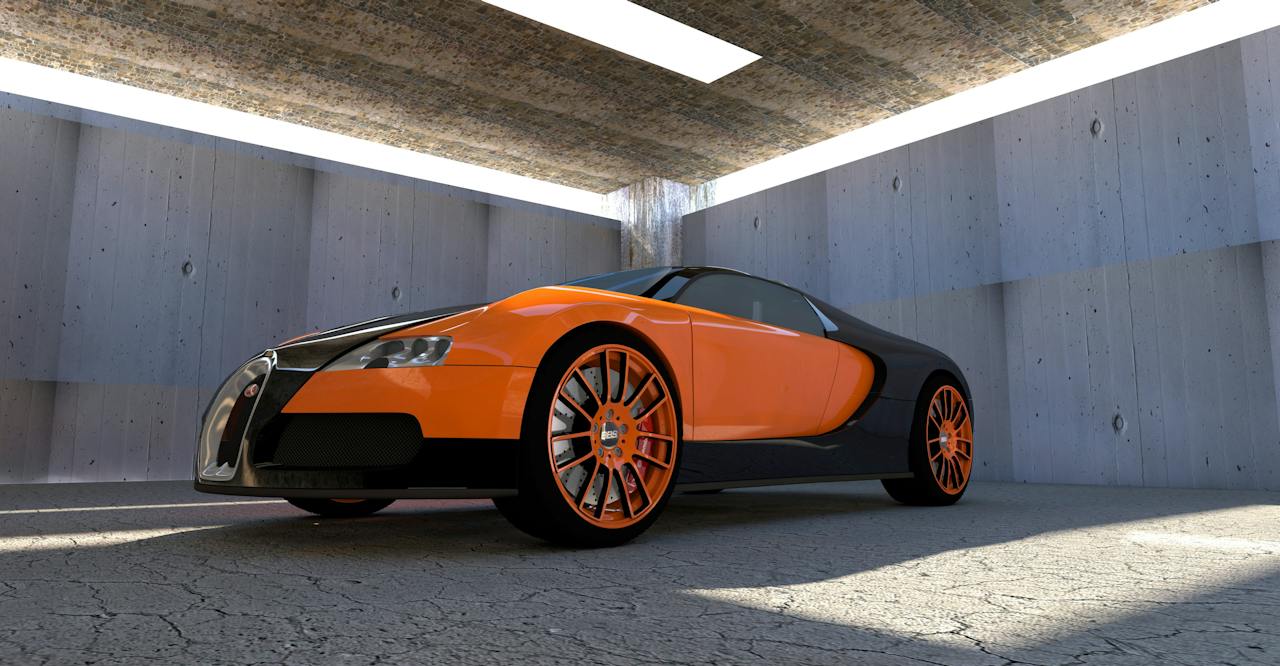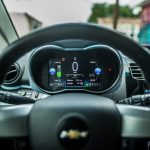The automotive industry has always been at the forefront of technological innovation, and one of the most exciting advancements in recent years is the integration of Augmented Reality (AR) into cars. This transformative technology is not just changing the way we drive but is revolutionizing the entire driving experience. In this comprehensive article, we’ll delve into the world of AR in cars, exploring its applications, benefits, and the potential it holds for the future.
Understanding Augmented Reality
Definition and Basics
Augmented Reality, commonly known as AR, is a technology that overlays digital information in the real world. In the context of cars, this means enhancing the driver’s perception of the environment by superimposing computer-generated images, data, or information onto the windshield or other surfaces within the vehicle.
How AR Works in Cars?
AR in cars typically relies on sensors, cameras, and other input devices to collect real-time data from the surroundings. This data is then processed, and relevant information is projected onto the driver’s field of view. This seamless integration of digital and physical elements creates an augmented environment that enhances safety, navigation, and overall driving experience.
Applications of AR in Cars
Head-Up Displays (HUDs)
One of the most common applications of AR in cars is the implementation of Head-Up Displays. These displays project crucial information directly onto the windshield, eliminating the need for the driver to look away from the road. Speed, navigation directions, and other important data are presented in the driver’s line of sight, enhancing safety and reducing distractions.
Navigation and Wayfinding
AR is revolutionizing navigation systems in cars. Instead of relying solely on maps, AR navigation overlays directions onto the real world. Arrows and indicators appear on the windshield, guiding the driver seamlessly through the route. This not only improves accuracy but also reduces the chances of missing turns.
Virtual Dashboards and Controls
Traditional physical controls and gauges are being replaced by virtual dashboards in AR-equipped cars. Drivers can customize their digital displays, accessing information about the vehicle’s performance, fuel efficiency, and more with just a glance.
Enhancing Safety and Awareness
Collision Warnings and Alerts
AR plays a crucial role in enhancing safety on the road. Collision warnings and alerts can be projected directly onto the windshield, notifying the driver of potential dangers ahead. This real-time information ensures quick and informed decision-making, reducing the risk of accidents.
Night Vision Assistance
Driving at night can be challenging, but AR is changing the game with night vision assistance. Infrared cameras detect obstacles or pedestrians in low-light conditions, and the information is presented on the windshield, allowing the driver to see beyond the limitations of traditional headlights.
AR and the Driving Experience
Gamification of Driving
AR has introduced an element of gamification to driving. Virtual elements, such as points and rewards, can be integrated into the driving experience, encouraging safe and efficient driving habits.
Augmented Reality Entertainment
Long gone are the days of mundane car rides. AR brings entertainment to the forefront with interactive displays and games for passengers. This not only makes journeys more enjoyable but also caters to the evolving expectations of tech-savvy consumers.
The Future of AR in Cars
Autonomous Driving and AR
As the automotive industry moves towards autonomous driving, AR will play a pivotal role in providing essential information to passengers who are no longer actively driving. Virtual displays can keep occupants informed about the route, nearby points of interest, and even upcoming attractions.
Advancements in AR Technology
The article explores the ongoing advancements in AR technology, including developments in gesture controls, voice recognition, and integration with other smart devices. These improvements are paving the way for a more intuitive and user-friendly AR experience in cars.
Benefits and Challenges of AR in Cars
Benefits
- Improved Safety: AR enhances driver awareness and reduces distractions, leading to safer driving conditions.
- Enhanced Navigation: AR-based navigation systems provide real-time, intuitive guidance, improving overall navigation experiences.
- Entertainment and Comfort: AR transforms the interior of cars into immersive environments, providing entertainment and enhancing comfort for passengers.
Challenges
- Cost: The integration of AR technology can increase the overall cost of vehicles, limiting their accessibility.
- Driver Distraction: While designed to reduce distraction, poorly implemented AR systems could have the opposite effect.
Conclusion
In conclusion, Augmented Reality in cars is more than just a technological trend; it’s a paradigm shift in the way we experience driving. From safety enhancements to entertainment features, AR is reshaping the automotive landscape. As technology continues to evolve, we can expect even more exciting applications and benefits, making driving not just a means of transportation but an immersive and futuristic experience.
FAQs:
Can AR be retrofitted into existing vehicles?
Retrofitting AR into existing vehicles is possible, but it depends on the vehicle’s design and compatibility with AR systems.
Do AR systems in cars require internet connectivity?
While some features may benefit from internet connectivity, many AR applications in cars can function offline, relying on onboard sensors and data.
Are there any concerns about privacy with AR in cars?
Privacy concerns are taken seriously in the development of AR systems. Manufacturers implement measures to ensure the secure handling of driver and passenger data.
How does AR impact fuel efficiency in cars?
AR itself does not directly impact fuel efficiency, but its role in improving navigation and driving efficiency indirectly contributes to better fuel management.
What is the expected timeline for the widespread adoption of AR in mainstream vehicles?
The adoption of AR in mainstream vehicles is already underway, with many automakers incorporating AR features in their latest models. The pace of adoption is expected to accelerate in the coming years.
Last Updated on November 26, 2023 by admin

Mac is an Automotive enthusiast. He owns up to 15 vehicles. He deals with Auto problems and shows his skill to Car owners who are seeking any type of Car help.





